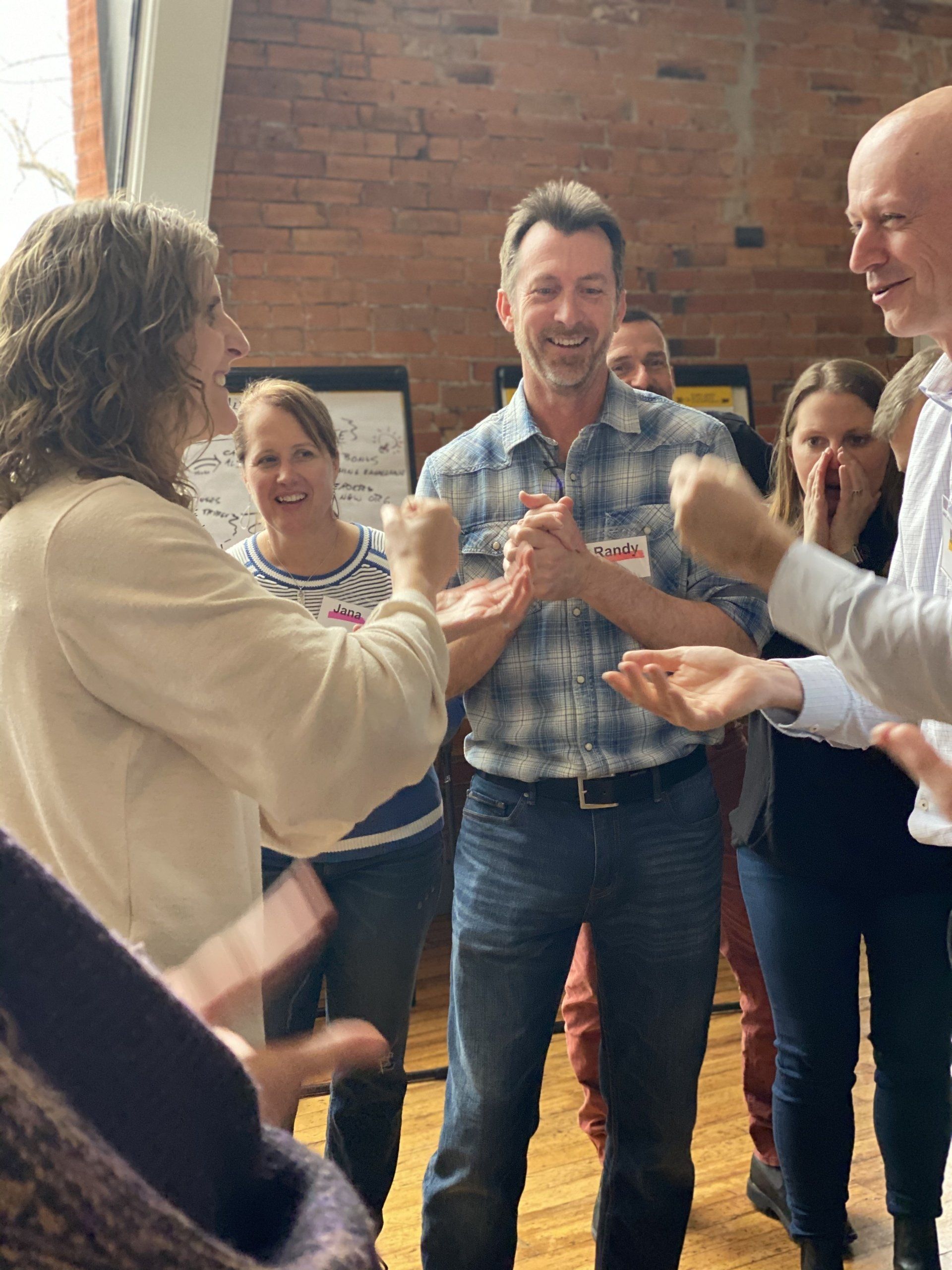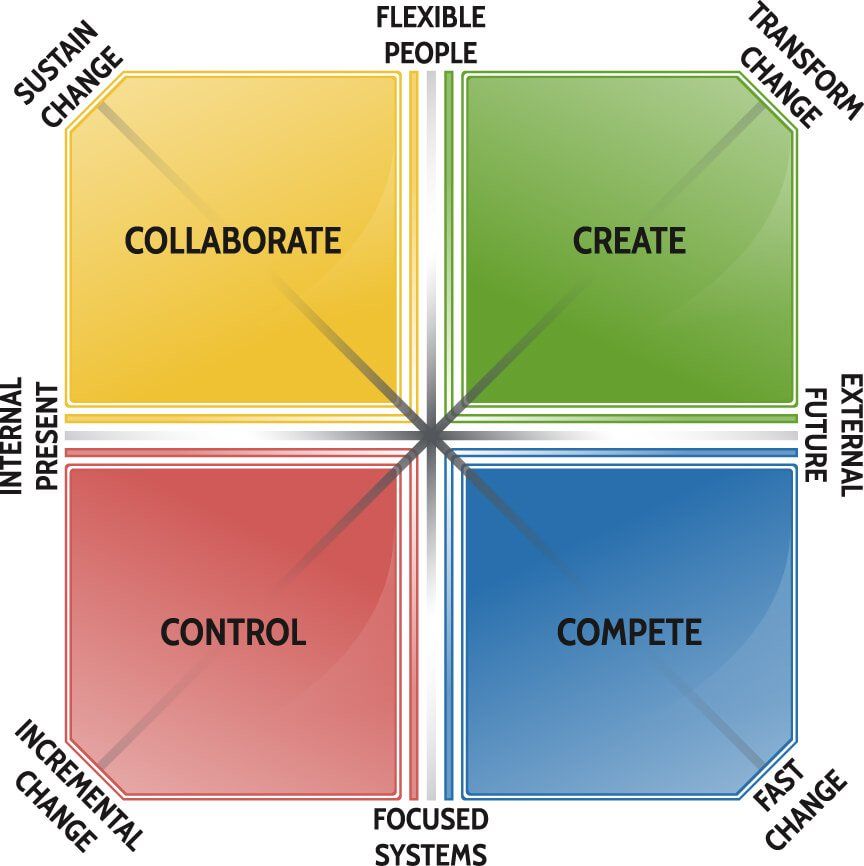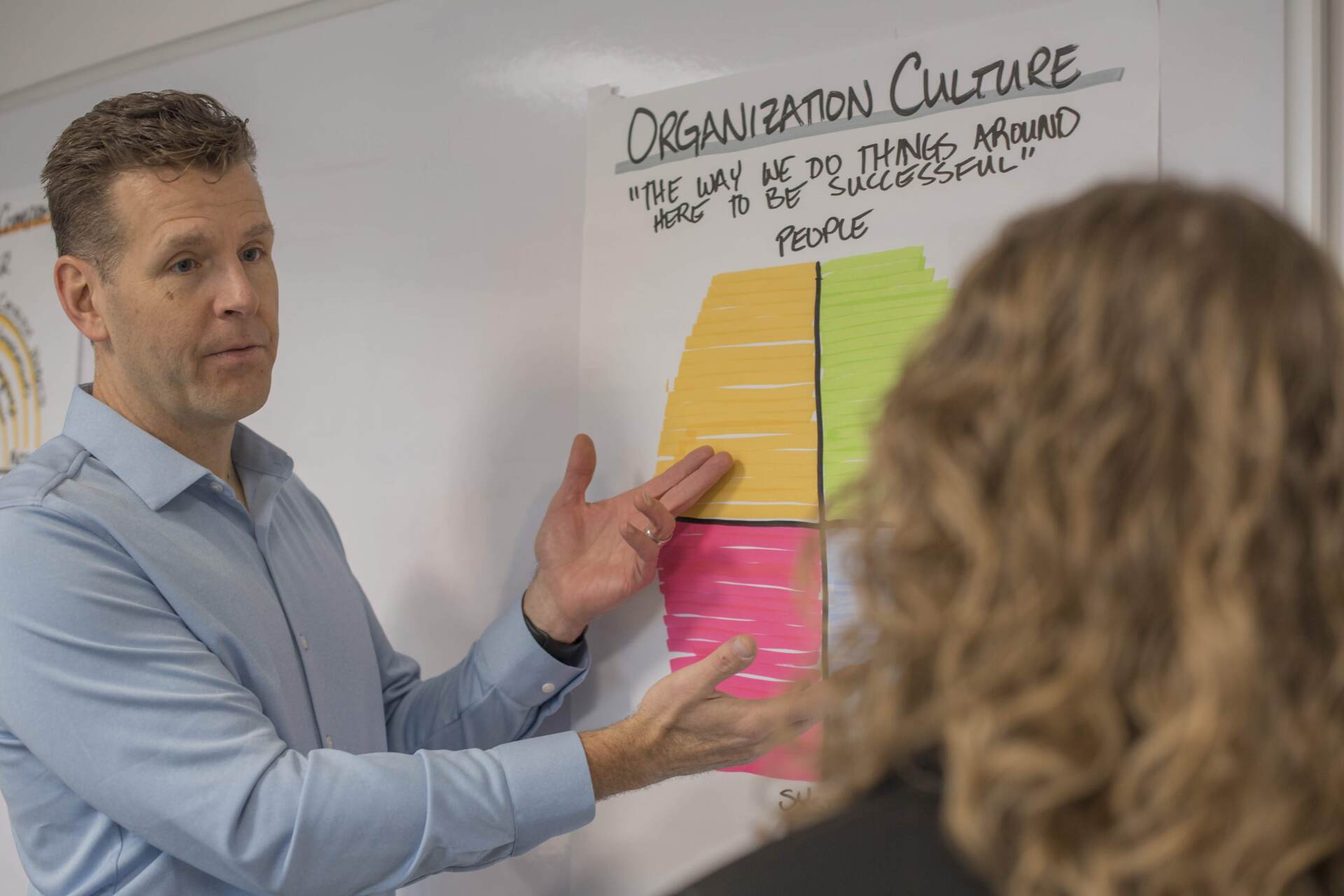Shaping Organizational Culture
Understanding Organizational Culture
Culture is understood by sociologists as a set of customs, values, beliefs, practices, languages, norms, communication systems, and knowledge that form a collective identity of a social group. Over time, all of the things that make up a culture were created by its members. This shared commonality of both tangible and intangible things define, give meaning to, and shape the way of life of its members.
Culture exists everywhere people exist including in countries, cities, and rural communities. It can also be found in various institutions including schools, small businesses, large corporations, non-profit organizations, militaries, and faith communities. Just as the history and cultural values of a nation shape its politics and laws, the history and cultural values of an organization shape everything from its structures and policies, to how people interact, and to how they are compensated.
Culture also emerges through what is tolerated by its leaders. As employees are free to behave without consequence, those behaviors may become normalized or “OK” in the view of others. Thus, while no written policy was created, the behavior becomes customary and acceptable.
The Way We Do Things Around Here
Organizational psychologist, William Schneider, Ph.D., defined culture as “how we do things around here to succeed.” Shortly after onboarding in an organization, people come to understand “the way things work around here” or, on the flip side, their experiences help their knowledge of “that’s not how we do things here”. Culture helps members of a group create meaning from their experiences so they come to understand what is desired or acceptable. In addition, it defines the boundaries in terms of what is unwelcome or impermissible.
Larger organizations form subcultures based on geography, industry, function, acquisitions, and more. Research and Development (R&D) often bias creativity and innovation in order to design and deliver new features to the market. Meanwhile, Operations often bias stability and predictability in order to create a reliable infrastructure for that same market. Organizations that require working across divergent subcultures often find it challenging to navigate.
Organizational Culture as a Values System
Kim Cameron and Robert Quinn view culture as a set of four competing values, represented visually via the four quadrants of a grid referred to as the Competing Values Framework (CVF).
The top two quadrants align to how people feel, interact, and relate to others and their work. The bottom two quadrants align with how people think, focus, and organize their work.
The quadrants on the left align to an internal organizational presence — focusing more inside the organization with the issues of today.
The quadrants on the right align to an external future orientation — focusing more outside of the organization, in the marketplace, with our competition, and in our industry with the future in mind.
Each of the four quadrants of the Competing Values Framework relates to ideals that are vying for attention:
Collaborative values draw connection and togetherness like a team or family.
Creative values inspire freedom and autonomy to experiment, innovate, and take risks.
Competitive values drive decisiveness and actions to deliver value quickly.
Control values organize and provide structure for reliable and repeatable results.
All organizations have some degree of each quadrant. Furthermore, each quadrant is equally as valuable as the others. However, based on research, the healthiest and most effective organizations demonstrate a balance across all four quadrants. Organizations are defined and limited by their strongest and weakest quadrants. Too much of a good thing may be bad for your organization.
Imagine a team-based collaborative culture where everyone has a voice and all opinions are respected. Yet every decision requires an immense amount of dialogue and consensus decision making delays change.
Imagine a competitively driven culture where decisiveness and market reactions are quick and clear. Yet with little overall direction guiding those decisions, people feel whiplashed and confused.
All organizations have value biases (strong and weak quadrants) and a gap between them and the desired values they hope to operate by. Understanding an organization’s current biases and desired direction helps inform and focus health and performance improvement. This is the basis for shaping culture.
How Organizational Leadership Affects Culture
There is a direct correlation between leadership and organizational culture because it is through the assumptions, thinking, decisions, and actions of leaders that culture is experienced.
Social psychologist Edgar Schein described the relationship between leadership and culture as two sides of the same coin. It is a symbiotic and codependent relationship. Leadership within an organization shapes its culture and, over time, the organizational culture shapes its leadership. Culture shapes the beliefs, norms, experiences, and the mindset of current and potential employees and customers.
Imagine culture as a shadow of an organization. Everyone in the organization casts shadows. Executive and senior leaders cast large shadows and shape culture more broadly across the organization.
Whereas mid-level leaders, including vice presidents, directors, and first line managers, cast more acute shadows and have more direct impact on employees, shaping culture more intensely. Having too many shadows leaves employees in the dark.
There are two key ways in which leaders shape organizational culture. These are through macro and micro lenses.
Leaders shape the
macro-culture through changes to organizational structures, policies, and measures. Examples include the following:
- A reorganization with changes to roles, responsibilities and teams
- A new work-from-home rules with meeting protocols and tools
- Setting new quarterly targets
Each of these shapes culture in a dramatic way.
Leaders shape the micro-culture through discussions, meetings, and other engagements with employees, stakeholders and customers. The way leaders think and the behaviors they show to those around them demonstrate culture every day. Furthermore, the micro-culture behavior of leaders may or may not align to the macro-culture direction stated above, potentially causing confusion on what the culture is or should be.
How Organization Culture Affects Agility
According to CollabNet’s 2021 State of Agile Report, leadership and culture represent the top impediments against advancing organizational agility. In fact, you can go back 10 years and the results have been the same – leadership and culture have remained the top impediments in the same way every year.
While possibly misunderstood, Agile (or agility) is not a practice, method or tool; Agile is a set of values and principles of belief as represented by the Agile Manifesto. Thus, adopting agile ways of working carries a set of values that may or may not align to the organization’s values. Many organizations that struggle to adopt and sustain more agile ways of working are feeling the conflict between these two.
Leaders who understand the relationship between agile values and organizational values have a better chance to align, accelerate, and sustain their adoption of more agile ways of working.
Shaping Organizational Culture Intentionally
Agile Leadership Journey™ takes the approach that leadership and culture have a symbiotic relationship — in other words, leadership shapes culture and culture shapes leadership. Leaders can develop the capacity to deliberately shape organizational culture to improve business health and performance.
How leaders think and approach their work and their employees shapes culture. That’s because how leaders think impacts their work — from what they focus on to how they measure success, from who they hire to how they compensate employees, from the policies and structures they develop to how they engage with others. How leaders think shapes what they do, and what they do shapes the organizational culture.
Culture is often identified as a top barrier to agile ways of working. Therefore, if leaders want their organizations and teams to embrace agile values and to benefit from agility, they must be intentional about the organizational culture they shape.








